Details
Rollei Lensball
The 110 mm all-glass sphere for photography with DSLMs and DSLRs (mirrorless cameras and SLRs), also called Lensball, is a streak-free glass sphere of the best quality, without air pockets or bubbles. It reflects its surroundings as a mirrored, sharp and crystal-clear 180-degree view in a sphere, which can be taken directly from the palm of your own hand or placed in a fixed location.
The clear and transparent photo glass sphere is easy to use, yet meets the demands of professional photographers. Whether it's landscape photography, city breaks, or architectural photography, you can create uniquely surreal images from unique perspectives with the 110mm glass sphere.
Tips for glass ball photography:
- Always clean sphere from fingerprints before shooting (microfiber cloth included).
- Fix carefully on smooth and sloping surfaces
- When shooting freehand, work with max. 1/250 - 2/125 exposure time
- Ideal focal length between 24 mm and 35 mm
- Longer exposure times also possible with tripods
- For the typical shallow depth of field of glass ball photography, work with 2.8 aperture
- Perfect for wide areas with few highlights (e.g. forest clearings, market places, water with and without ships)
- When photographing with a tripod, keep enough distance so that the tripod and photographer do not reflect themselves in the glass sphere.
Production and quality control of the full glass sphere
Photography with glass sphere mainly benefits from the effect that it captures the environment mirror-inverted as a 180-degree view in a very small space. Now the camera + lens (ideal: 2.8 / focal length 24 mm - 35 mm) can be used to focus on the subject in the glass sphere and work with a shallow depth of field, while still artistically incorporating the background into the image.
To make all this possible, the glass must be manufactured in the best quality and without inclusions. This is ensured by special quality controls and the transparent manufacturing process, in which the sphere is checked several times during production for material defects, inclusions and cracks.
First, the glass is melted into a long rectangle. The high temperatures make the glass soft and malleable. Subsequently, individual cuboids are cut out of this glass rectangle. Due to the previous melting process, these cuboids are still slightly malleable and are now placed in a hydraulic press to give them their round shape. Now they are cooled down to room temperature of about 20 degrees Celsius. In order to avoid imperfections such as surface irregularities and bubbles, the glass sphere is cooled down very slowly and stored temporarily for this purpose. After cooling, the first inspection of the raw material for cracks & inclusions is done. All solid glass spheres, which are of excellent quality, now go for grinding and polishing until they get their absolutely flawless and round shape. Then the next inspection is for air inclusions and other defects. If any defect is noticed here, the glass ball is sorted out. Now the final polishing is done with a high-speed polishing machine. After a certain time, the sphere is now completely transparent and of a flawless surface quality. Now follows the final quality control - until the glass sphere has a flawless final result. This is the only way to guarantee that the glass sphere will not later negatively influence the refraction of light, or that inclusions and scratches will not appear as disturbing elements in your mirrored motif.
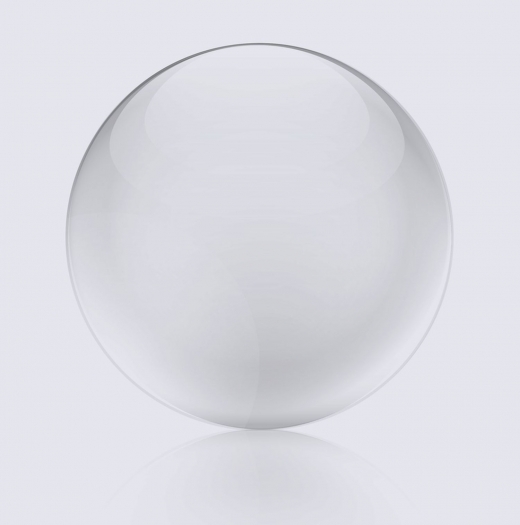
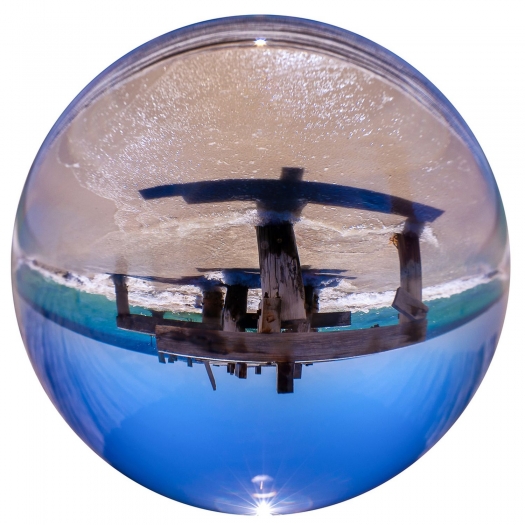
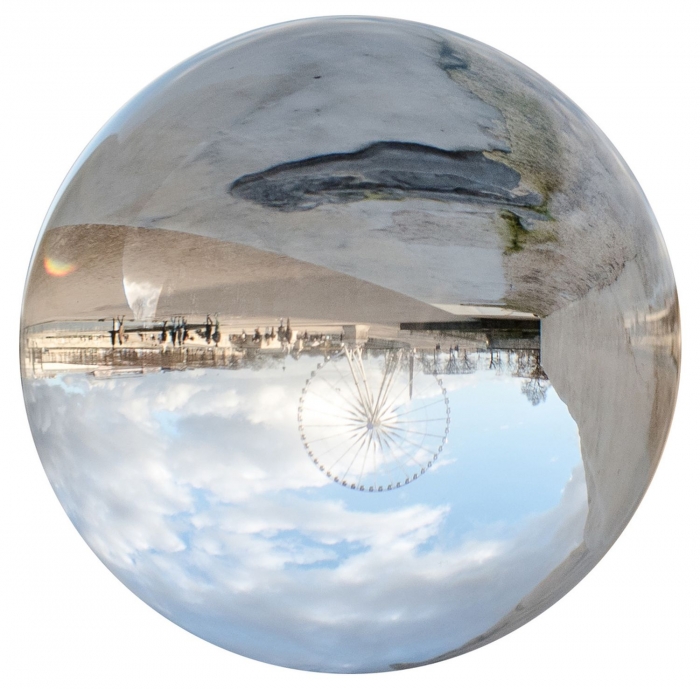
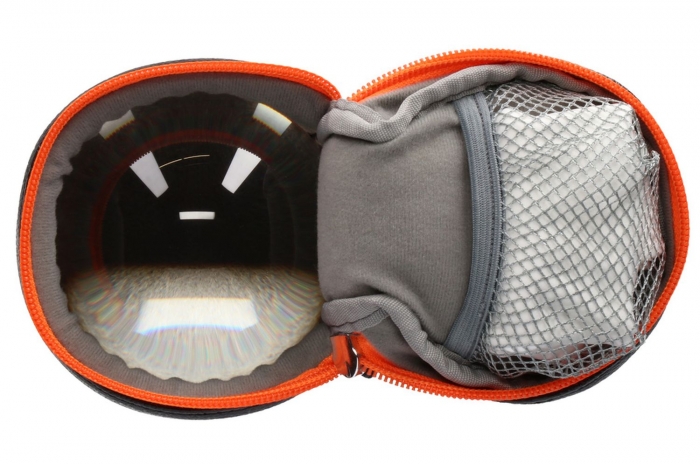
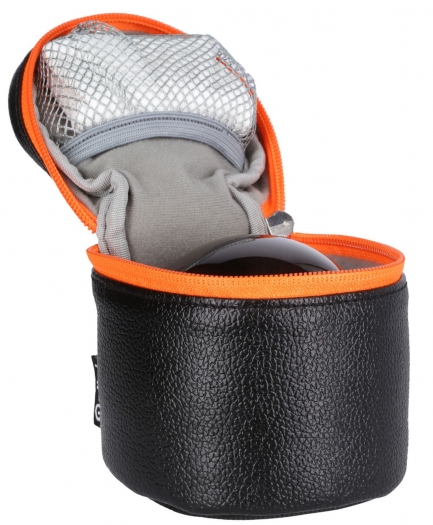
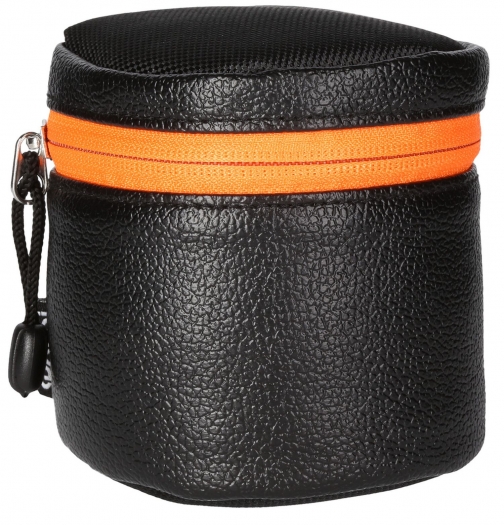
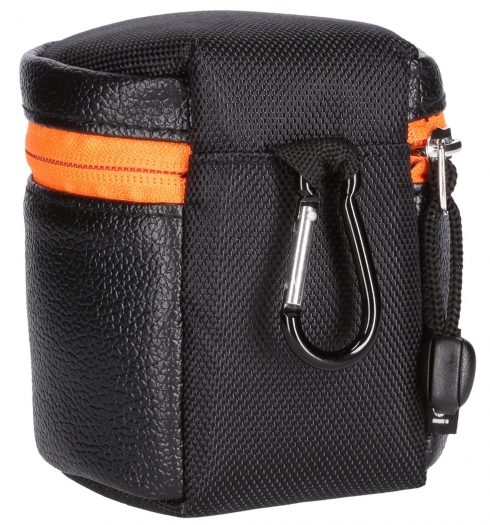
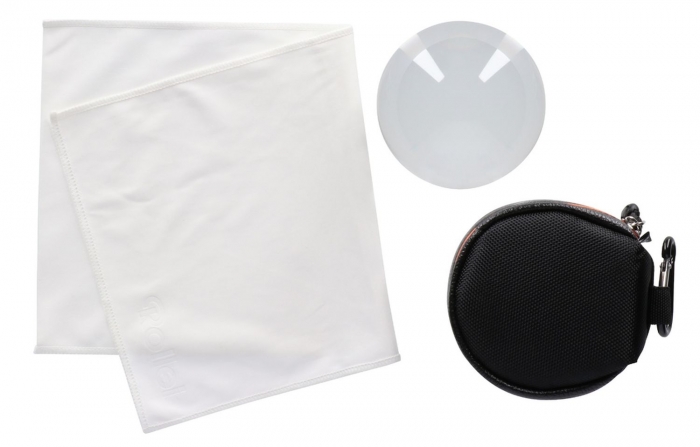
Simply subscribe and benefit as a newsletter recipient every week: